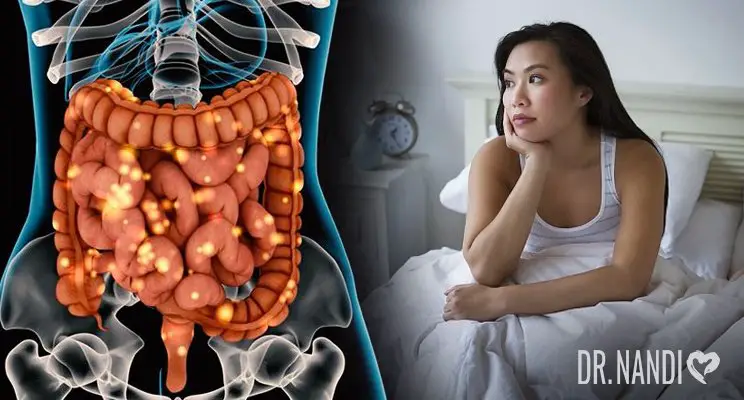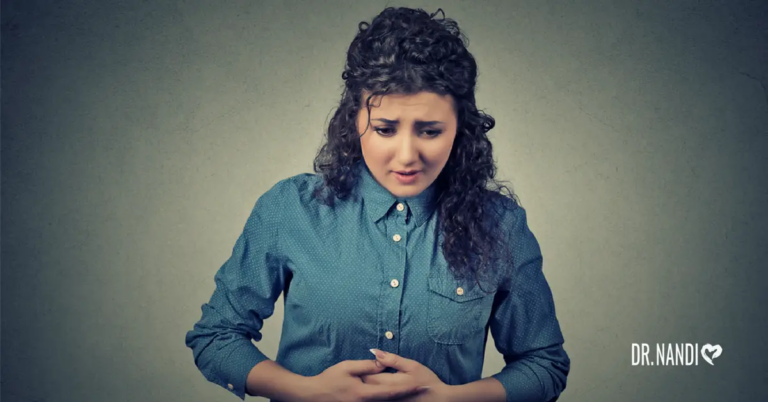Back pain is a leading cause of disability, sending more people to the doctor than any other ailment.
There is some good news despite the many causes of back pain. Changing your lifestyle to adopt healthy self-care habits can help prevent back pain and support back health. (1)
Types of Back Pain
There are two types of back pain—chronic and acute. Acute back pain is short-term, lasting a few days to several weeks, usually from an injury, a medical condition, or poor posture. When using proper self-care techniques, acute back pain tends to go away without major treatment. However, occasionally, the aches suffered from injury or irritation can develop into chronic back pain. (2, 3)
When the cause of acute back pain has been treated, but trouble still persists, it is called chronic. Sometimes these strains last for a year, or longer. These issues are problematic, but not necessarily debilitating. (3)
What Causes Back Pain?
Back pain can be the result of any number of issues. Injuries or persistent trouble with low back pain often occur at work. Physically demanding jobs and office jobs alike can take their toll on our backs. (4)
The three main ways we tend to injure or strain our backs at work are overexertion, repetition, and inactivity. When we lift something incorrectly, we can strain our backs. The same goes for when we repeatedly make certain motions, such as twisting, turning, or bending. Poor posture as a result of staying hunched over a computer, phone, or desk can often lead to chronic back pain even more than an acute injury or strain. (2, 4)
Other causes not necessarily related to work include degenerative problems like arthritis, spinal cord issues such as sciatica and herniated disks, and even non-spine sources such as kidney stones and fibromyalgia. Factors such as aging, obesity, and overall poor health can all contribute to back pain. (3, 4)
Fortunately, no matter the cause or severity of your back pain, there are simple things we can do to alleviate, prevent, and protect our bodies from persistent and continuous back pain.
Treating Back Pain
Physical therapy and alternative, holistic treatments may help any back pain sufferer alleviate discomfort and work towards healing the body. (5)
Physical therapy helps retrain the body and muscles to practice proper posture and fix issues while sitting at a desk all day, driving, or performing a physically demanding job. Not all exercises will work for everyone, so we benefit from having a specialist who will create a tailored program for our specific needs and symptoms. (5)
Alternative treatments such as acupuncture may help relieve back pain naturally as well. The process releases the body’s own painkillers– endorphins– and stimulates nerve and muscle tissue to assist in the healing process. Other people may find relief from visiting a chiropractor, who focuses on aligning the spine for optimal posture and structural health. (2)
Exercise to Prevent Back Pain
Exercise is one of the top lifestyle changes one can make to support the entire body and prevent back pain. It does not need to be strenuous to make a difference. In fact, yoga is considered one of the best exercise routines anyone with back pain can do for their health, and to prevent further back pain. Discover great stretches for lower back pain in this blog post. (5)
Lifestyle Tips for a Pain-free Back
A healthy lifestyle promotes a healthy, pain-free back. If you are a smoker, look into ways to stop the cigarette habit to help heal aches and pains. Smoking reduces blood flow to the lower spine and increases the risk of osteoporosis. The habit also affects how our bodies heal overall. (3)
If you sit for long periods of time, whether from driving or at your office job, take regular breaks to stretch your legs, back, and neck. And maintain a healthy weight by cutting out inflammatory foods, and eating foods that support your life and well-being.
Take care of yourself so your back can take care of yourself.




















